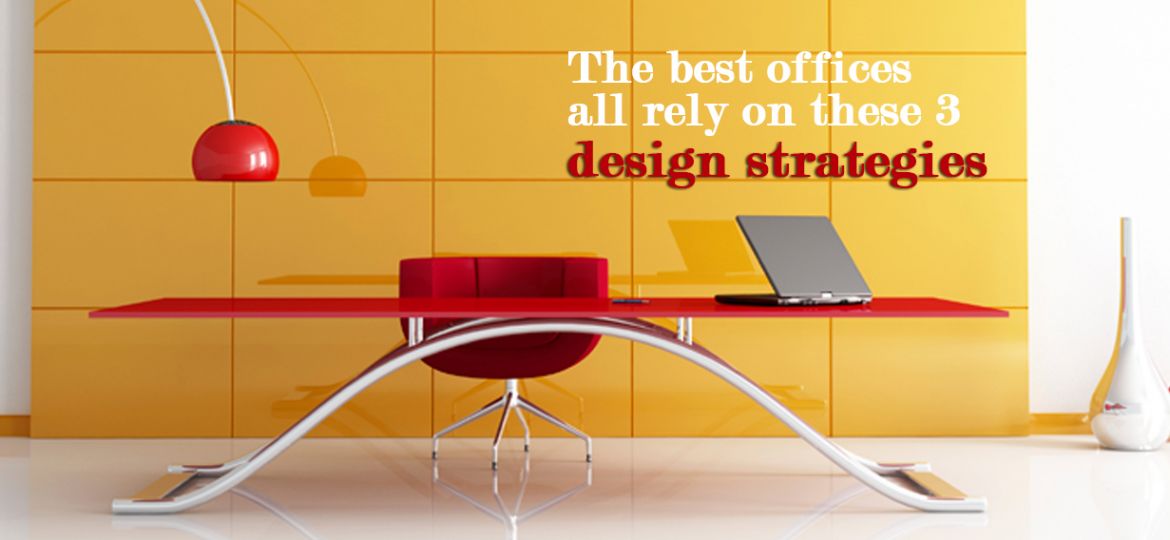
When it comes to productivity, willpower plays a far smaller role than we might think.
We also have to consider the effects of our talkative coworkers, energy-draining schedules, and way-too-comfy office chairs.
Having looked at dozens of published research studies, office design company Steelcase has come up with key ways companies can help people do their jobs better.
“Neuroscience used to be a way that you understood diseases of the brain, but recently it’s become more practically applicable,” says Chris Congdon, global director of research communications at Steelcase.
Here are Steelcase’s biggest findings.
Office design must encourage (and provide outlets for) focus Steelcase’s research shows that49% of people have trouble easily focusing at work due to distractions. Over the course of their day, this leads to an average loss of 86 minutes of work.
So Steelcase invented Brody.
The tight, ovular cubicle (ovicle?) gives the stressed-out user a personal space away from the din of office chitchat. It’s got a stand for a laptop, a shelf for a purse, and an overhead lamp so workers can see what they’re doing.
As Steelcase rep Katie Pace explained to me on a recent tour of the company’s showroom, Brody was designed based on research suggesting that humans can’t help but pay full attention when something sudden happens, like an unexpected visitor greeting everyone in the office. It’s hard-wired into us. Maybe the beckoning sound is nothing. Maybe it’s a saber-toothed tiger.
Brody quiets that urge, turning the office into a safe and cozy nest. Office design has to enable people to recharge their batteries Earlier this year, Steelcase partnered with Susan Cain — author of “Quiet” and the patron saint of introverts — to design Quiet Spaces. Based on research that finds our brains have a limited amount of energy to expend throughout the day, Quiet Spaces are one- and two-person rooms with homey decor, soothing wallpaper, and most importantly, a door you can shut.
Together, the amenities enable people to regroup and get back to full energy — a more sustained period of calmness than the quick burst of focus given by Brody. Cain, an introvert through and through, designed the spaces with the world’s quieter types in mind.
The best estimates say introverts make up between 30-50% of the workforce, which can be severely limiting for a company if it doesn’t account for how introverts work best.
Office design must promote physical activity Steelcase’s research has found that moving throughout the day helps people stay cognitively sharp. Offices can help.
Companies can install standing-height furniture built for collaboration or individual work and provide chairs designed for active sitting.
As numerous studies have found, going on walks stimulates creativity, and ut so does simply standing up.
We use far more of our muscles and energy while we’re standing than when we’re plopped in a chair, leading us to bigger breakthroughs and deeper insights, Steelcase has found. Just by being upright, more oxygen flows to our brains.
Whether it’s for the health of our bodies or for the company, moving is important.
Culled from Tech Insider

